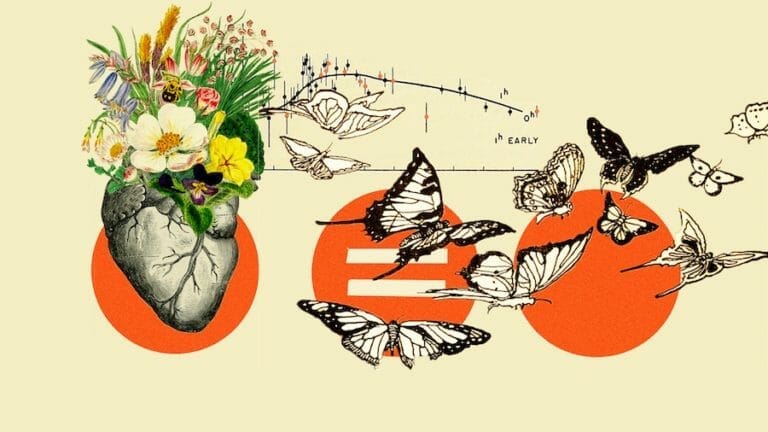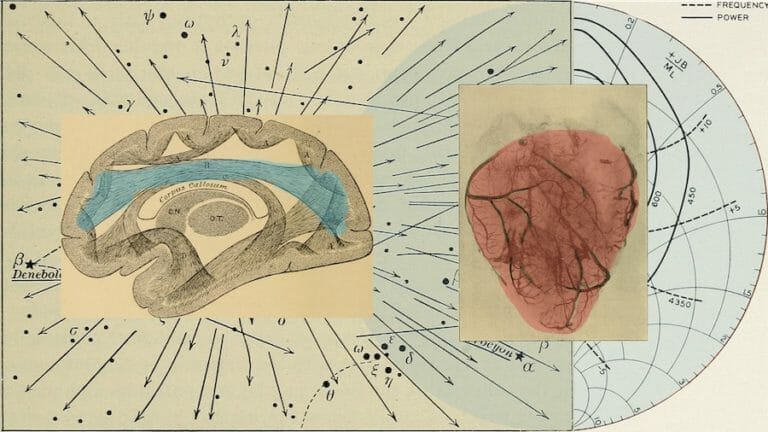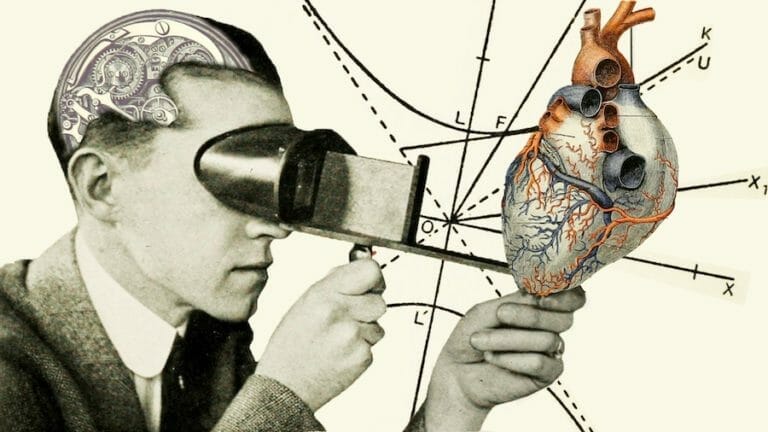Over the years, standard interpersonal psycho-behavioral communication assumes that all information transferred between humans gets mediated through the five physical senses—touch, sight, hearing, smell, and taste. Each sense sends information to our brain to help us understand, perceive, react and communicate with the world around us.
However, several studies have come to light in recent years suggesting that a transfer of nonphysical information can also occur over both shorter and longer distances. The importance of developing skills and behaviors to successfully connect, cooperate and collaborate with others is of great significance. For instance, when a top sports team is playing at its best, it seems as if all team players are communicating on a level beyond that of spoken words—orchestrated by a form of collective coherence.
The question is, therefore, can humans influence other humans without any physical contact? Can an individual’s good or bad energy rub off onto another person? Can people transmit instincts or feelings to others? If this is possible, how is this done?
Researchers like Dr. Steven M. Morris have been studying this possibility. However, this phenomenon would also be seen in studying people’s heart rate variability coherence (HRVC).
First, let’s explore the meaning of heart rate variability (HRV)

HRV is defined as a measure of the beat-to-beat changes in a certain heart rate. These changes are commonly affected by emotions, thoughts, stress, physical exercise, and consequently, each heart can present a different rhythmic pattern accordingly.
In this study, the author proposed that individuals previously trained to increase their HRVC could influence the HRVC levels of non-trained individuals. For that, two pools were created. One pool contained school administrators and teachers trained to achieve high levels of HRVC while the other pool contained non-trained peers.
The trained participants (also known as senders), were seated in close proximity and instructed to facilitate the HRVC of non-trained individuals (known as receivers). The heart rate was measured for each participant.
How to access heart rate variability coherence

This study demonstrated that, when senders and receivers are close, the receivers, despite being untrained, achieved higher HRVC scores independently if their respective senders were attempting to help them, or focusing on achieving their own high HRVC levels.
To a lesser extent, receivers also improved their HRVC levels when senders were sitting quietly with no attention directed to the receiver. Importantly, significant gains in HRVC were also detected in senders when they were near the receivers, demonstrating that an energy field can be created or even increased when small groups focus on the same task towards a similar objective.
In addition to these results, other studies were also conducted to identify factors that could modulate this energy field, in either a positive or negative way. Therefore, in a study, Dr. Steven M. Morris hypothesized that an individual could improve his or her ability to achieve higher HRVC levels and/or achieve these levels faster and/ or maintain them for a longer period if there was a previously existing positive relationship between the sender and the receiver.
Uncovering heart coherence and the power of intention

In this study, the author showed that the participants who did not share some degree of affection toward each other were less likely to achieve higher HRVC levels. These facts demonstrate clearly that there are other factors beyond intentions, that could influence the predisposition to achieve a specific goal and modulate the group’s performance.
The way participants felt about each and the extent of that personal relationship between the different participants, (such as feelings of familiarity and/ or friendliness) could improve the likelihood of senders positively influencing receivers.
In fact, during large social gatherings, people tend to subconsciously gather around individuals that they have known for a longer time and have a friendship with rather than go and talk to strangers. On the other hand, a receiver’s mental and emotional state, as well as their psychological receptivity are also important factors. During the time, senders were trying to influence the receivers by projecting their intentions, receivers also need to choose if they are open to accepting or even rejecting these intentions. In a sense, this communication opens up the intuition through a silent thread of connection.
Overall, the sender-receiver linkage can be seen as a dynamic two-way channel that can be influenced, either directly or indirectly, at any time by either party and, perhaps most importantly, the quality and magnitude of the relationship between participants matter more than the actions and the intentions of the senders.
However, both can directly impact the group’s performance. Previous studies in the health field revealed that a better health outcome is achieved when a patient has a close and empathic relationship with a friend and/or family member supporting him or her in their illness or treatment.
The science behind having a heart-to-heart

Another interesting finding in this study is related to the synchronization of the heart rate rhythms. Dr. Steven M. Morris observed evidence of heart rhythm synchronization between group members. Higher levels of HRVC were also found to be positively linked with higher levels of heart rate synchronization between these individuals.
Therefore, this evident synchronization can further support a possible heart-to-heart bio-communication link. The author suggested that people in small social groups have a subtle but persistent impact on each other’s heart rhythms, and by interacting with each other, they can effectively influence their heart rate rhythms and synchronization.
Taking this into account, this type of conclusion can be applied in several situations in our daily lives. It could be interesting and beneficial for us to practice emotional empathy as the energetic interactions between people are likely to be influenced by our thoughts, attitudes, emotions, and states of mind. Being around negative people can cause stress, sadness, and even depression, while enthusiastic and positive people tend to transmit an almost contagious well-being and energy.
In addition to this, and more importantly, if we can understand and effectively apply this collective energy field, we could improve the quality of life of those around us and, perhaps, extend to a larger community and several other occasions during our life.
